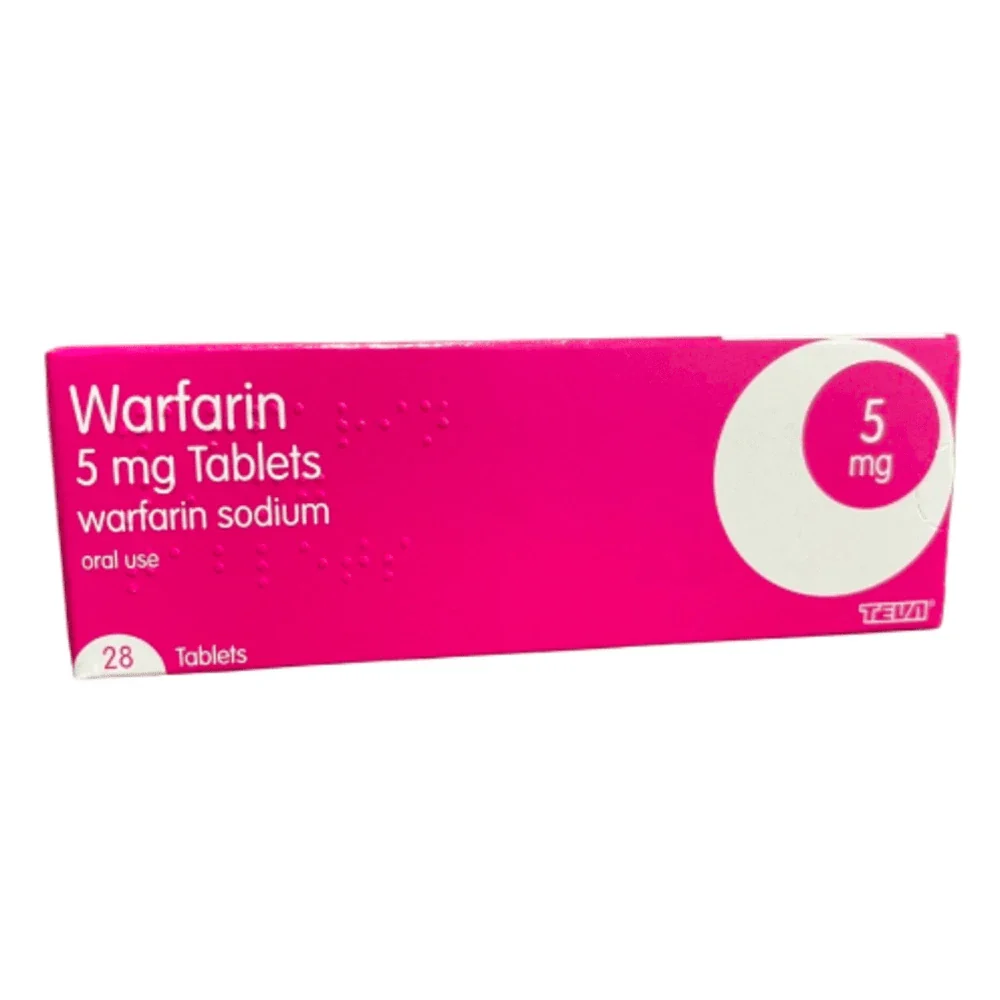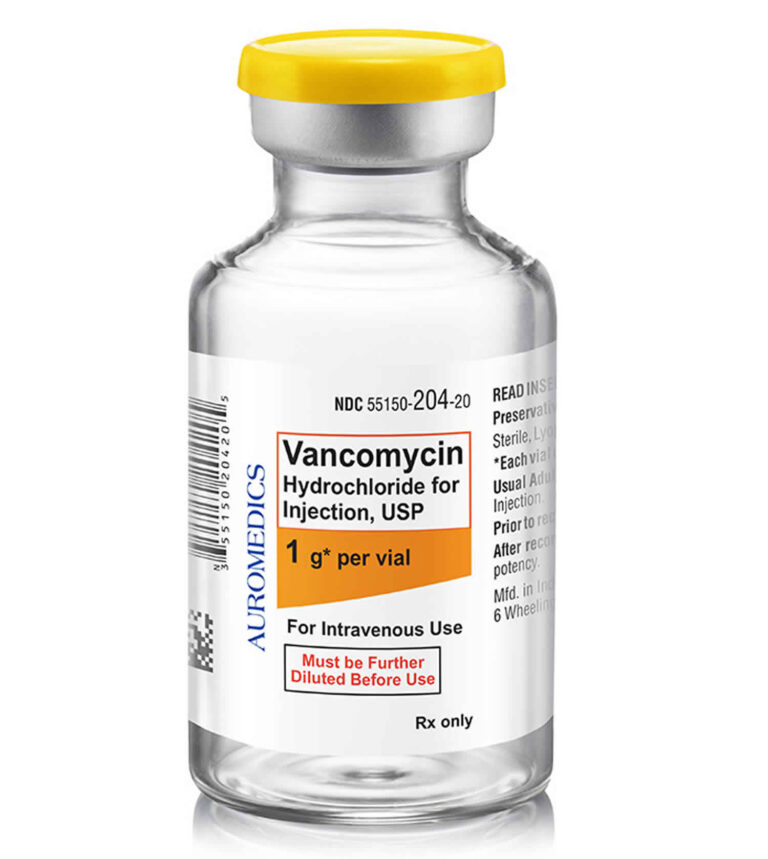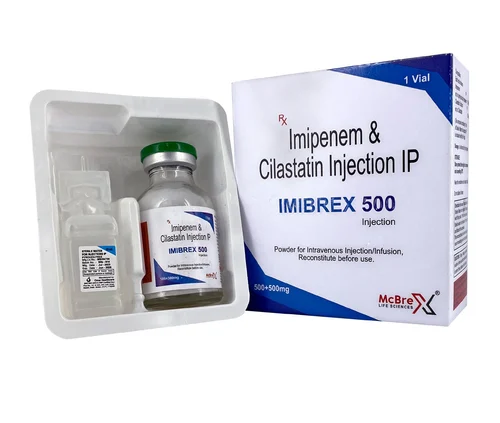
Warfarin is an anticoagulant (blood thinner) that prevents and treats the following conditions:
- blood clots in conditions such as deep vein thrombosis (DVT),
- pulmonary embolism, and
- atrial fibrillation.
It performs a very important role in minimizing the chances of strokes and heart attacks, but warfarin can also cause a variety of side effects. These can range from common issues to more serious or rare complications. It is important to know these side effects and know how to manage them effectively.
Brief List of Side Effects of Warfarin
- Unusual bruising
- Melena
- Hematuria
- Bleeding
- Dizziness
- Headache
- Bleeding gums
- Heavy or unusual menstrual bleeding
- Hemoptysis
- Bloody stools
- Diarrhea
- Trouble breathing
- Bleeding between menstrual periods
- Itching
- Joint pain, discomfort or swelling
- Nosebleed
- Stomach pain
- Chest pain
- Fever
- Hair loss
- Nausea
- Taste changes
- Bloating
- Blurred vision
Common Side Effects of Warfarin
While most individuals on warfarin experience mild and manageable side effects, it’s important to monitor and address these issues as they arise.
1. Bruising
One of the most common side effects of warfarin is easy bruising. Since warfarin inhibits the blood’s ability to clot, even minor bumps or falls may result in noticeable bruises that take longer to heal.
How to Manage Bruising:
- Avoid risky activities or situations where falls are likely.
- Apply a cold compress to bruises to reduce swelling and discomfort.
- Wear protective clothing or padding if engaging in physical activities.
- If bruising is extensive or unexplained, consult your healthcare provider for possible dosage adjustments.
2. Bleeding Gums
Many people can experience bleeding gums when they brush their teeth.
How to Manage Bleeding Gums?
- Use a soft-bristled toothbrush and brush gently.
- Use an antimicrobial mouthwash recommended by your dentist if bruising persists.
- If symptoms don’t resolve consult your healthcare provider.
3. Nausea or Vomiting
When Warfarin is taken on an empty stomach it can induce nausea and vomiting.
How to Manage Nausea?
- Take warfarin with food to minimize stomach irritation.
- Split the dose throughout the day if directed by your doctor.
- Consult your healthcare provider if nausea persists.
4. Hair Loss
It can cause thinning of hair , though this side effect is usually mild and temporary.
How to Manage Hair Loss?
- Practice gentle hair care routines, avoiding harsh treatments that could increase hair loss.
- Take supplements like biotin after consulting with your healthcare provider.
Serious Side Effects of Warfarin
Though rare, warfarin can cause some serious side effects that require immediate medical attention. These complications may result in life-threatening conditions and must be handled as soon as possible.
1. Excessive Bleeding
Excessive bleeding is the most serious side effect of warfarin, and it occurs internally or externally. Signs include severe bleeding from cuts, easy bruising, or internal bleeding such as blood in urine or stools or coughing up blood.
How to Manage Excessive Bleeding?
- If you experience heavy bleeding that doesn’t stop, apply pressure and seek immediate medical attention.
- Keep emergency contact numbers handy and inform family or caregivers about your medication.
- Your doctor may adjust your warfarin dose or administer Vitamin K to reverse the anticoagulant effects if severe bleeding occurs.
- If you’re at high risk for bleeding, use extra caution when handling sharp objects or engaging in risky activities.
2. Haemorrhagic Stroke
Warfarin can increase the risk of haemorrhagic stroke, which occurs when a blood vessel in the brain bursts and causes internal bleeding.
How to Manage Hemorrhagic Stroke?
- Be aware of stroke symptoms that are sudden numbness or weakness, confusion, trouble speaking, severe headache, or vision problems.
- If you experience any stroke symptoms, seek emergency care immediately.
- Your healthcare provider may monitor your INR (International Normalized Ratio) regularly and adjust your warfarin dose to prevent this risk.
3. Purple Toe Syndrome
A rare condition that can occur when blood clots form in the small blood vessels in the feet. It leads to painful purple discoloration of the toes.
How to Manage Purple Toe Syndrome?
- If you notice any changes in the color or pain in your toes, contact your doctor immediately.
- Your healthcare provider may discontinue warfarin and explore alternative anticoagulant treatments.
- In some cases, treatment adjustments may be made, including the addition of medications to improve circulation.
Rare Side Effects of Warfarin
Though uncommon, there are rare side effects that may require attention and management. These include long-term complications that may arise after extended use of warfarin.
1. Osteoporosis or Bone Thinning
Long-term use of warfarin can increase the risk of osteoporosis, making bones more fragile and increasing the likelihood of fractures.
How to Manage Osteoporosis?
- If you’re on warfarin long-term, ask your doctor to monitor your bone density through regular tests.
- Ensure adequate intake of calcium and vitamin D to support bone health, as recommended by your doctor.
- Engage in weight-bearing exercises like walking or strength training to strengthen bones and reduce the risk of fractures.
2. Allergic Reactions
Some individuals may experience allergic reactions to warfarin that includes skin rashes, itching, or swelling, particularly around the face, throat, or lips. It is rare condition.
How to Manage Allergic Reactions?
- If you notice any signs of an allergic reaction, such as hives or difficulty breathing, seek emergency medical attention immediately.
- Your healthcare provider may switch you to another blood thinner if an allergic reaction is confirmed.
3. Liver Damage
Warfarin can cause liver damage in rare conditions, leading to symptoms such as jaundice (yellowing of the skin or eyes), fatigue, or unexplained weight loss.
How to Manage Liver Damage?
- Regular liver function tests are recommended for individuals on long-term warfarin therapy.
- If symptoms of liver damage occur, your doctor may change your medication or provide supportive treatments to address liver function.
How to Manage Warfarin Side Effects?
Managing warfarin side effects effectively involves continuous checks, communication with your healthcare provider, and lifestyle adjustments. Below are general tips for managing the side effects of warfarin:
Regular Blood Tests (INR Monitoring)
- Consistent blood tests are required to analyze whether your INR is within the therapeutic range. This helps to minimize the risks of clotting or bleeding.
- Your doctor will adjust your warfarin dose based on these results to maintain the right balance between effectiveness and safety.
Dietary Considerations
- Maintain a regular intake of foods rich in Vitamin K (e.g., leafy greens) to avoid fluctuations in warfarin effectiveness. Sudden increases or decreases in Vitamin K can affect how warfarin works.
- Talk to your healthcare provider or dietitian to help balance your diet while on warfarin.
Be Aware of Drug Interactions
- Many medications, including over-the-counter drugs, vitamins, and herbal supplements, can interact with warfarin. Always inform your doctor about any new medications you’re taking
Injury Prevention
- Take extra care to avoid accidents or injuries, as even minor cuts can result in excessive bleeding.
- When engaging in activities, use protective gear and avoid situations where you might fall or sustain injury.
Seek Immediate Help
- If you experience any signs of excessive bleeding, stroke, or allergic reactions, contact your doctor or go to the emergency room right away.
- Be proactive about reporting any unusual or concerning symptoms during your treatment.
Conclusion
Warfarin is a valuable medication in the management of blood clots, but it may have some potential side effects ranging from common to rare and serious. By understanding these risks and learning how to manage them, you can ensure that warfarin works effectively and safely for you.





